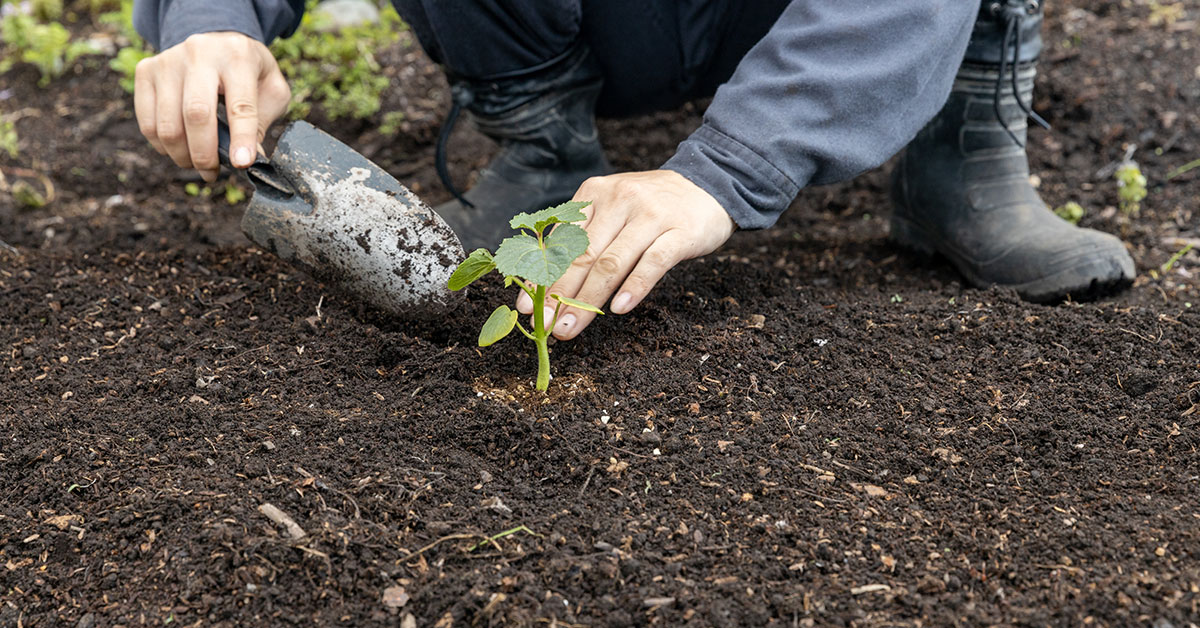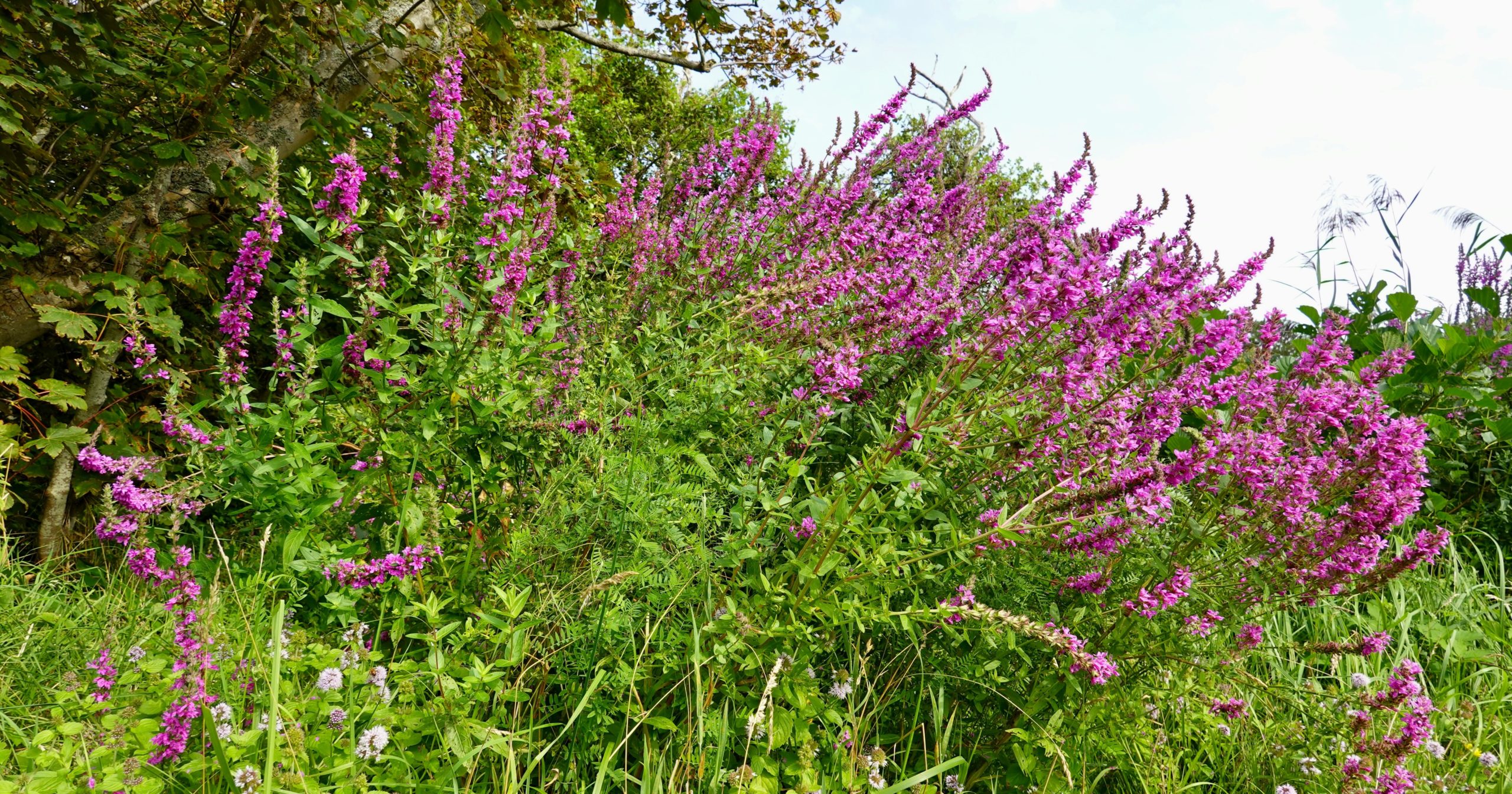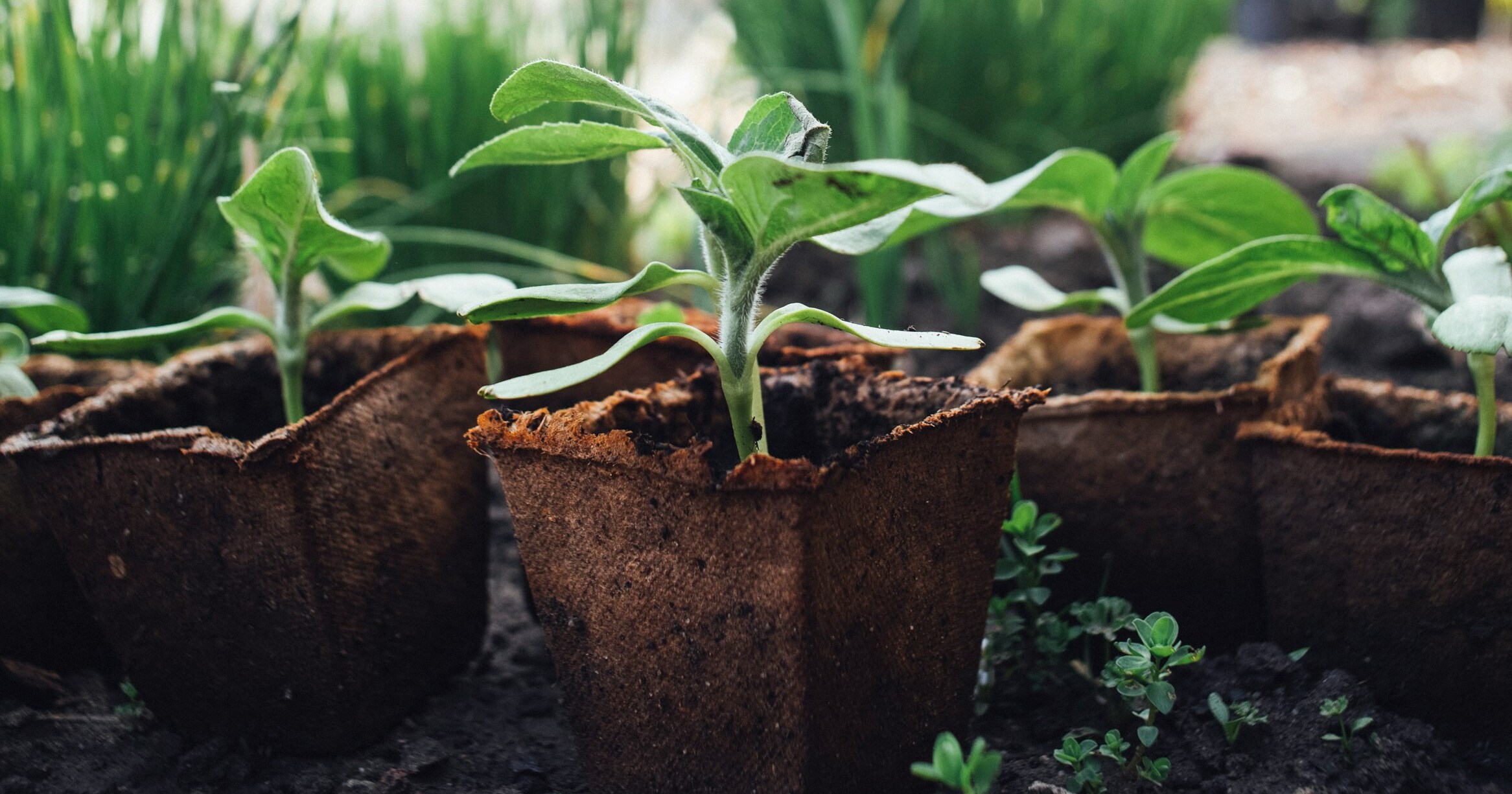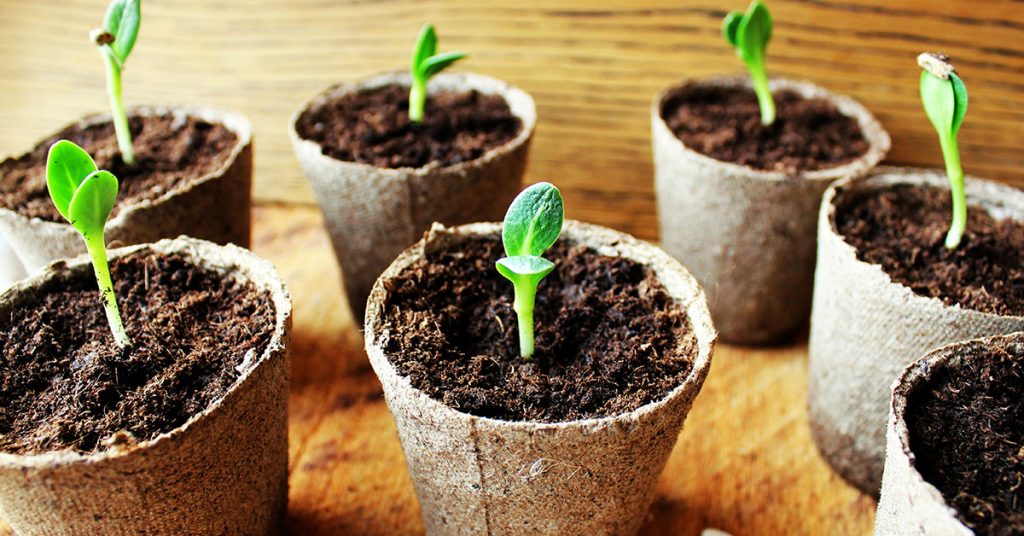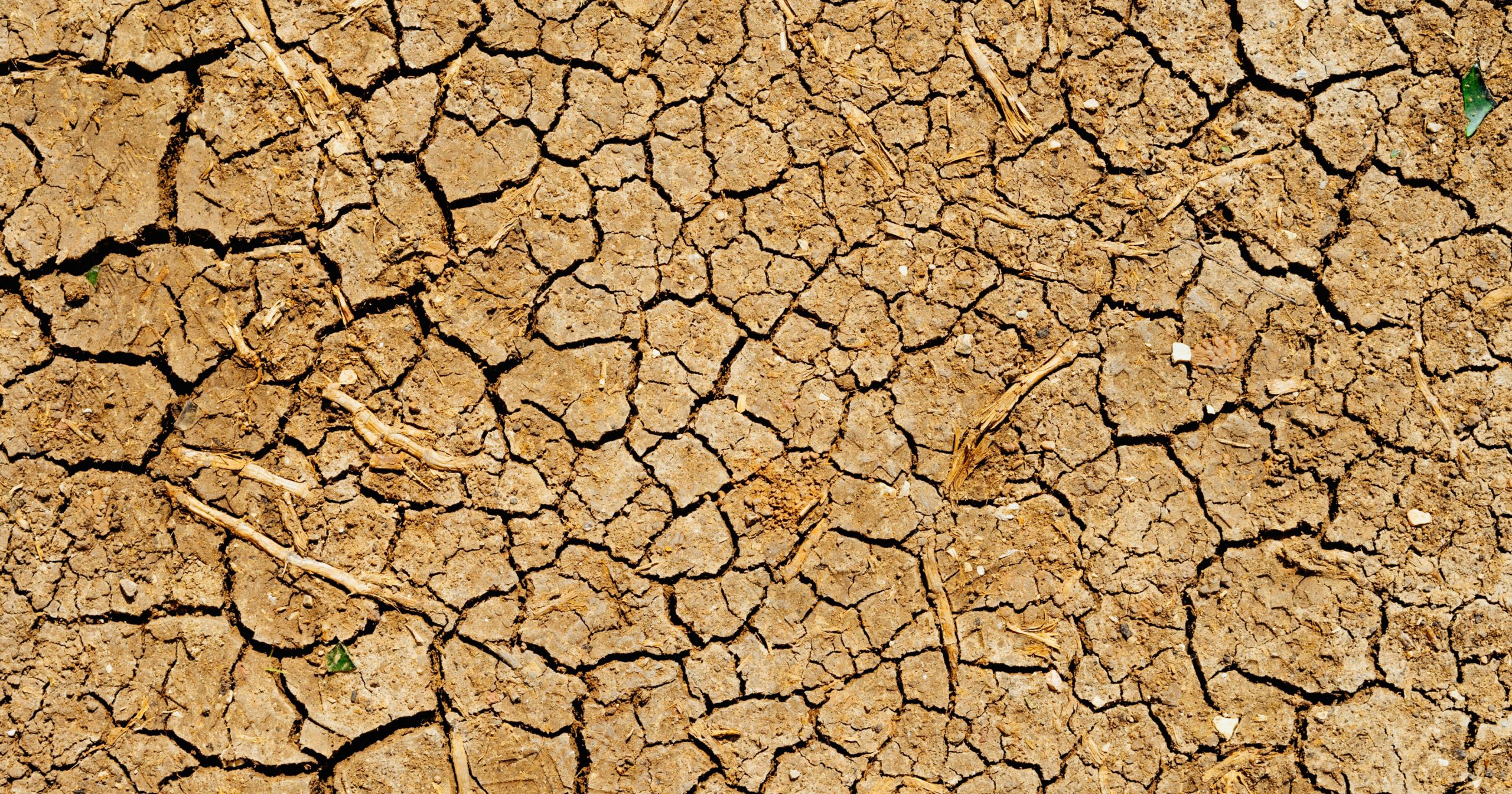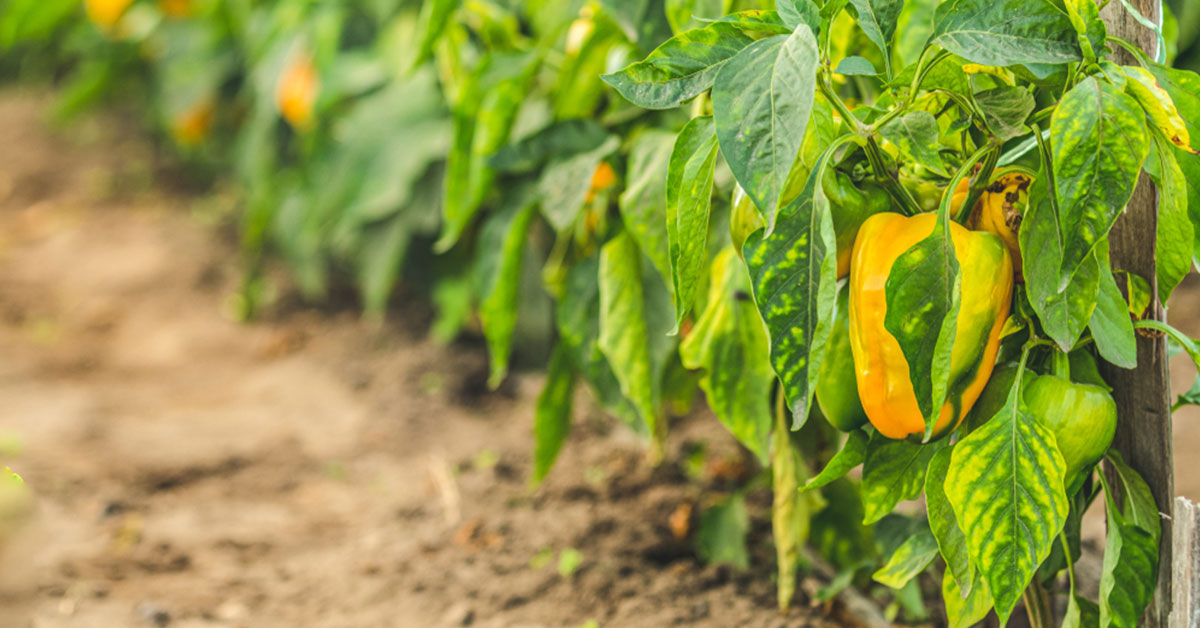Welcome to the world of okra cultivation in Zone 5! Growing okra can be a rewarding experience, but it requires careful planning and consideration of the specific climate conditions in your region. Zone 5, which experiences cold winters and relatively short growing seasons, presents its own unique challenges for successful okra cultivation. In this article, we will delve into the optimal timing for planting okra in Zone 5, taking into account the frost dates, soil temperature requirements, and other factors that will help you maximize your chances of a bountiful okra harvest.
So, whether you are a seasoned gardener or a beginner looking to try your hand at growing this delicious and versatile vegetable, read on to discover the best time to plant okra in Zone 5 and ensure a successful growing season.
Best okra varieties to grow in zone 5
In zone 5, where the average minimum winter temperature ranges from -20 to -10 degrees Fahrenheit (-29 to -23 degrees Celsius), it can be a bit challenging to grow okra due to its preference for warm temperatures. However, there are a few okra varieties that can tolerate cooler climates and may be suitable for zone 5:
- ‘Clemson Spineless’: This is a popular okra variety known for its productivity and disease resistance. It can handle slightly cooler temperatures and has a relatively short growing season, making it a good choice for zone 5.
- ‘Burgundy’: This variety is unique because it produces deep red pods instead of the traditional green ones. It is also more cold-tolerant compared to other okra varieties, making it a potential option for zone 5 gardens.
- ‘Annie Oakley II’: Developed specifically for cooler climates, this variety is known for its early maturity and ability to produce well in shorter growing seasons. It can handle cooler temperatures better than many other okra varieties.
- ‘Jambalaya’: Another variety bred for cooler climates, ‘Jambalaya’ is known for its compact size and early maturity. It produces tender pods and can tolerate cooler temperatures, making it suitable for zone 5 gardens.
When growing okra in zone 5, it is important to start the seeds indoors or use transplants to give them a head start before transferring them to the garden. Additionally, using black plastic mulch or row covers can help warm the soil and extend the growing season for okra in cooler climates.
When to plant okra in zone 5
In zone 5, the best time to plant okra is after the last frost date in spring. Okra is a warm-season crop that thrives in hot weather, so it’s important to wait until the soil has warmed up sufficiently before planting.
Here’s a breakdown of the best planting times for okra in each of the state’s hardiness zones:
- Zone 3: In this cold climate, it is recommended to start okra seeds indoors about 4-6 weeks before the last frost date. Transplant the seedlings outdoors after the danger of frost has passed and the soil has warmed up, usually in late spring or early summer.
- Zone 4: Similar to zone 3, start okra seeds indoors 4-6 weeks before the last frost date. Transplant the seedlings outdoors after the last frost, typically in late spring or early summer.
- Zone 5: As mentioned earlier, wait until after the last frost date to plant okra directly in the garden. This is usually in late spring, around mid to late May. Ensure that the soil temperature has reached at least 65°F (18°C) before planting.
- Zone 6: The best time to plant okra in zone 6 is also after the last frost date, which is usually in mid to late April. Make sure the soil has warmed up sufficiently before planting.
- Zone 7: In this zone, you can start okra seeds indoors 4-6 weeks before the last frost date, which is typically in mid to late March. Transplant the seedlings outdoors after the last frost, usually in early to mid-April.
Remember, these are general guidelines, and it’s always a good idea to check with your local agricultural extension office or consult a gardening calendar specific to your area for more precise planting dates.
How to grow okra in zone 5
Growing okra requires careful planning and attention to detail. Here are the steps and considerations to keep in mind:
- Climate and Soil Requirements: Okra thrives in warm climates with temperatures between 75-90°F (24-32°C). It requires well-drained soil with a pH level of 6.0-7.5. Ensure that the soil is rich in organic matter and has good fertility.
- Choosing the Right Variety: There are various okra varieties available, each with its own characteristics. Consider factors such as size, color, and days to maturity when selecting a variety that suits your preferences and growing conditions.
- Starting Seeds Indoors (Optional): Okra can be directly sown in the garden, but starting seeds indoors 4-6 weeks before the last frost date can give you a head start. Use seed trays or pots filled with seed-starting mix. Plant the seeds ½ to 1 inch deep and keep them in a warm, well-lit area until they germinate.
- Transplanting (If Started Indoors): Once the seedlings have grown to about 4-6 inches tall, they can be transplanted into the garden. Harden off the seedlings by gradually exposing them to outdoor conditions for a week before transplanting.
- Planting in the Garden: When the soil temperature reaches around 65°F (18°C), or after the last frost date, plant okra seedlings or sow seeds directly into the garden. Space the plants about 12-18 inches apart, with rows spaced 3-4 feet apart.
- Watering: Okra requires consistent moisture, especially during the flowering and fruiting stages. Water deeply and regularly, aiming to provide around 1 inch of water per week. Avoid overwatering, as it can lead to root rot.
- Fertilizing: Okra is a heavy feeder and benefits from regular fertilization. Before planting, incorporate compost or well-rotted manure into the soil. Additionally, apply a balanced fertilizer every 4-6 weeks during the growing season.
- Mulching: Apply a layer of organic mulch, such as straw or wood chips, around the base of the plants. Mulching helps conserve moisture, suppress weeds, and maintain a more stable soil temperature.
- Pruning and Support: Okra plants can grow quite tall, reaching heights of 4-6 feet. Consider providing support, such as stakes or trellises, to prevent them from falling over. Prune any side shoots or lower leaves to improve air circulation and reduce the risk of disease.
- Pest and Disease Management: Common pests that can affect okra include aphids, spider mites, and flea beetles. Monitor your plants regularly and take appropriate measures, such as using insecticidal soap or organic pest control methods, if necessary. Diseases like powdery mildew and root rot can also occur, so ensure proper spacing, good air circulation, and avoid overwatering.
- Harvesting: Okra pods are ready for harvest when they are 2-4 inches long and tender. Harvest every 2-3 days to prevent the pods from becoming tough and fibrous. Use a sharp knife or pruners to cut the pods from the plant.
By following these steps and considerations, you can successfully grow okra and enjoy a bountiful harvest.
When to harvest okra
In zone 5, where the average last frost date is typically around mid-May, you can start planting okra seeds directly in the garden once the soil temperature reaches around 65°F (18°C) or higher. Okra plants require warm soil and air temperatures to thrive.
Okra pods are usually ready to be picked around 50 to 60 days after planting, depending on the variety. The ideal time to harvest okra is when the pods are young and tender, about 2 to 4 inches (5 to 10 cm) in length. If you wait too long, the pods can become tough and fibrous.
In zone 5, you can expect to start harvesting okra in late July or early August, and continue picking until the first frost. It’s important to regularly check the plants for ripe pods, as they can grow rapidly in warm weather. Harvesting every 2 to 3 days is recommended to ensure you pick the okra at its peak.
Common okra problems and fixes
Okra can face several common problems, ranging from pests and diseases to environmental issues. Here are some common okra problems, along with potential fixes:
- Aphids:
- Problem: Aphids are small, soft-bodied insects that cluster on the undersides of leaves, sucking sap and causing leaf curling, stunted growth, and a sticky residue called honeydew.
- Fix: Use a strong stream of water to dislodge aphids from the plants. You can also use insecticidal soap or neem oil to control aphid populations.
- Flea Beetles:
- Problem: Flea beetles create small holes in the leaves, leading to a lace-like appearance. Plants can become weakened.
- Fix: Use floating row covers to protect young plants from flea beetles. Neem oil or insecticidal soap can also help control these pests.
- Whiteflies:
- Problem: Whiteflies are small, white insects that suck sap from leaves, causing yellowing, wilting, and a decline in plant health.
- Fix: Introduce natural predators like ladybugs or parasitic wasps to control whitefly populations. Neem oil or insecticidal soap can also be effective.
- Leafhoppers:
- Problem: Leafhoppers cause stippling on leaves and can transmit plant diseases.
- Fix: Remove weeds and debris that can harbor leafhoppers. Consider using insecticidal soap or neem oil if the infestation is severe.
- Root Knot Nematodes:
- Problem: These microscopic worms attack the plant’s roots, causing stunted growth, yellowing leaves, and poor pod development.
- Fix: Choose nematode-resistant okra varieties. Practice crop rotation and use soil solarization to reduce nematode populations.
- Fungal Diseases (e.g., Powdery Mildew, Fusarium Wilt):
- Problem: Fungal diseases can cause leaf spots, wilting, and overall decline in plant health.
- Fix: Improve air circulation by spacing plants properly. Avoid overhead watering, as moisture on leaves can encourage fungal growth. Apply fungicides if necessary.
- Bacterial Wilt:
- Problem: Bacterial wilt causes sudden wilting of the plant, often during the hottest part of the day. The plant may recover at night.
- Fix: There is no cure for bacterial wilt. Remove and destroy infected plants to prevent the spread of the disease. Avoid planting in the same area for a few years.
- Environmental Stress:
- Problem: Okra is sensitive to environmental stress, including drought, heatwaves, and sudden temperature fluctuations.
- Fix: Provide consistent watering, especially during dry periods. Apply mulch to retain soil moisture and regulate temperature.
- Poor Fruit Development:
- Problem: Inadequate pollination or environmental stress can result in poor fruit development.
- Fix: Encourage pollinators by planting flowers nearby. Ensure adequate spacing and proper care to reduce stress on the plants.
- Weed Competition:
- Problem: Weeds can compete with okra for nutrients, water, and sunlight.
- Fix: Regularly weed the area around okra plants to reduce competition. Apply mulch to suppress weed growth.
- Pests on Pods:
- Problem: Pests like stink bugs and caterpillars can damage okra pods.
- Fix: Inspect pods regularly and remove pests by hand. Use organic insecticides if needed.
It’s important to monitor your okra plants regularly and address any problems promptly to prevent further damage. Integrated pest management (IPM) practices, which combine prevention, monitoring, and intervention, can help maintain healthy okra plants. If you’re unsure about the specific problem you’re facing, local gardening resources, agricultural extension offices, or experienced gardeners can provide valuable insights and solutions tailored to your region.
